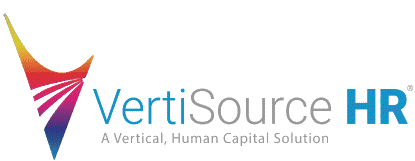Open enrollment for the 2024 plan year has come and gone. That doesn’t mean benefits administrators are now on holiday for the next nine months. To the contrary, they have plenty to keep them busy until open enrollment 2025. What will they be doing?
Benefits administrators will be answering questions, compiling educational materials, filing claim forms, and more. They will also be keeping an eye on potential changes to current benefits packages. It is all in an effort to keep employees in the loop while simultaneously preparing for what next year might bring.
In our opinion, there are three benefits administration trends to look at over the next 12 months. These are:
1. More Companies Will Cover GLP-1 Drugs
Late last year, the Society for Human Resources Management (SHRM) surveyed some five hundred employers to find out their thoughts on covering GLP-1 drugs for weight loss purposes. These are drugs like Ozempic and Wegovy, drugs originally developed to treat type 2 diabetes. They have become popular as weight loss drugs over the last couple of years.
The survey revealed that 43% of U.S. employers plan to offer coverage for weight loss prescriptions, doubling the number that covered them in 2023. As for GLP-1 drugs specifically, the survey demonstrates that “most human resource decision makers are open” to adding them to their prescription coverage.
It will be interesting to see how many follow through on that. Here’s guessing GLP-1 manufacturers are hoping more employers get on board. The question is whether covering the drugs will have a measurable impact on total healthcare spend. It might, but it might not.
2. Employers Will Look at More Financial Wellness Benefits
While health insurance and retirement plans will remain the top two priorities for employers, it is expected that greater emphasis will be placed on financial wellness in 2024 and beyond. This is based on numerous studies suggesting that employee financial wellness is at an all-time low.
One such study was conducted by Bank of America late last year. It showed that 67% of workers were not earning enough to keep up with inflation. As a result, only 42% rated their financial health as being good.
Employees are clearly struggling to make ends meet. Wages not keeping pace with inflation is just one part of the problem. The other part is that employees don’t know how to manage the financial resources they do have. They are looking to their employers for help.
3. A Higher Priority on Containing Healthcare Costs
The third trend on our list could almost be considered a no-brainer: companies will place a higher priority on containing healthcare costs. They have no other choice if they hope to continue absorbing increases so as to not pass them on to employees.
Look for some companies to reduce costs by offering more telemedicine options. Look for others to combine telemedicine with new wellness options. Some companies might even change their prior authorization rules.
A few economists are predicting inflation below 3% for the coming year. If those predictions prove true, the impact would be huge. Lower inflation means 2024 pay increases will help make up some of the shortfall from previous years. It should also mean a lower rate of increase for healthcare premiums.
With all that said, remember that VertiSource HR is here to assist with benefits administration, payroll, and most other HR functions. If benefits administration has grown beyond your company’s capacity to effectively manage it, consider outsourcing. We can collaborate with you to devise solutions that meet your company’s unique needs. It is what we do.


